Statewide Testing
Statewide Pupil Assessment System
2019-20 California Assessment Accessibility Options for Students
Universal Tools, Designated Supports, And Accommodations
California Alternate Assessments
Universal Tools, Designated Supports, Accommodations - What’s the difference?
Statewide Pupil Assessment System
Signed into law on October 2, 2013, Assembly Bill (AB) 484 established California's new student assessment system, now known as the California Assessment of Student Performance and Progress (CAASPP). The CAASPP assessment system replaced the Standardized Testing and Reporting (STAR) Program, which became inoperative on July 1, 2013.
The statewide assessment system is designed to capture the data needed for individual, school and district based annual reports on meeting the standards and assessment targets. The system provides for the provision of variations, accommodations, and modifications to meet the needs of students in general education, on a Section 504 Accommodation Plan, and/or on an IEP. 
At the Butte County SELPA, we understand that taking tests can create anxiety for any individual, and can be especially challenging for students with disabilities. Your child's case manager and special education and general education staff are in the best position to advise you regarding which assessments are appropriate for your child, and the particular accommodations he or she will require during testing.
The California Department of Education (CDE) has a clear vision and commitment to establishing innovative assessments. These assessments include a variety of approaches and item types that model and promote high-quality teaching and student learning and set a course to ensure that all California students are well prepared to enter college and careers in today’s competitive global economy.
- California Assessment of Student Performance and Progress (CAASPP): California's new statewide student assessment system established January 1, 2014.
- The CAASPP System includes the following required assessments and additional resources:
- Smarter Balanced Assessment System
- California Science Test
- California Alternate Assessments for English Language Arts/Literacy and Mathematics
- California Alternate Assessment for Science
- California Spanish Assessment
- Grade Two Diagnostic Assessments
- English Language Proficiency Assessment of California (ELPAC)
- A required state test for English language proficiency that is given to students whose primary language is other than English, formerly CELDT.
- California High School Proficiency Examination (CHSPE)
- A test for eligible students to earn a high school proficiency certificate.
- High School Equivalency Tests (HSET)
- High school equivalency tests for students 18 years old and older, and 17 years old in some instances, for the purpose of receiving a California High School Equivalency Certificate.
- National Assessment of Educational Progress (NAEP)
- Tests administered to students in grades four, eight, and twelve in subjects such as reading, writing, mathematics, and science.
- Physical Fitness Testing (PFT)
- A physical fitness test (FITNESSGRAM®) administered to students in grades five, seven, and nine.
California Assessment Accessibility Options for Students
English Language Arts/Literacy(PDF)
Mathematics(PDF)
Science(PDF)
California Spanish Assessment(PDF)
English Language Proficiency Assessments of California Computer-based(PDF)
English Language Proficiency Assessments of California Paper-Pencil(PDF)
IEP Team Guidance for Alternate Assessments
Practice/Training Tests (Example Questions Included)
Universal Tools, Designated Supports, And Accommodations
The California Department of Education (CDE) has recently updated its testing and accountability website for Matrix One: CAASPP at:
https://www.cde.ca.gov/ta/tg/ai/caasppmatrix1.asp
The following is a reprint from this CDE webpage:
This page is the Accessible Alternative Version (AAV) of the Matrix One: Universal Tools, Designated Supports, and Accommodations for the California Assessment of Student Performance and Progress for 2016–17 (Updated Mar-2017). The PDF version is considered to be the official version of the document.
This document should be used in conjunction with the Smarter Balanced Consortium: Usability, Accessibility, and Accommodations Guidelines (PDF) and California Code of Regulations (CCR), Title 5 (5 CCR), sections 850 through 868 of the California Assessment of Student Performance and Progress (CAASPP) regulations, to determine the use of resources for individual students.
The appropriate use of universal tools, designated supports, and/or accommodations on CAASPP tests are restricted to only those identified in this document.
Matrix One displays the universal tools, designated supports, and accommodations (embedded and non-embedded) allowed as a part of the CAASPP System for 2016-17*.
*Some embedded universal tools, designated supports, or accommodations are available only for specific items (i.e., test questions) for which they are allowed. If a non-embedded tool is shown to be available for "allowed items," it may be used only for the specific items for which the embedded version of the tool is available. Please note that the resources shown for the 2017 science pilot test will be expanded for the operational administration.
• Universal tools (U) are available to all students on the basis of student preference and selection.
• Designated supports (D) are available to all students when determined for use by an educator or team of educators (with parent/guardian and student input, as appropriate) or specified in the student’s individualized education program (IEP) or Section 504 plan.
• Accommodations (A) must be permitted on CAASPP tests to all eligible students if specified in the student’s IEP or Section 504 plan.
Instructional supports and resources for the California Alternate Assessments (CAAs) can be found in Part 3 of the CAASPP Matrix. Information about requesting the use of unlisted resources and a list of identified unlisted resources that have been determined to change the construct being tested are provided in Part 4 of the Matrix.
California Alternate Assessments
Most universal tools, designated supports, and accommodations listed in Parts 1 and 2 of the CAASPP Matrix are available for the CAAs for ELA and mathematics through the online testing interface, but because the CAAs are administered to students one-on-one by a test examiner and because they may also be administered in the language of instruction, some embedded resources are not provided. For the CAA science pilot, due to the design, any instructional supports used in daily instruction may be used for the embedded performance tasks.
Embedded resources NOT available for CAA:
• American Sign Language videos (test examiner is allowed to sign to the student as the language of instruction.)
• Braille (either by means of an embosser or a refreshable display)
• Closed captioning
• English dictionary Spanish stacked translation and test directions
• Text-to-speech
• Translation glossaries
The “language of instruction” may include instructional or physical supports needed for communication and instruction. Some test practices (e.g., hand-over-hand), as noted in the Test Administration Manual, are inappropriate and not allowed. Examples of permissible non-embedded instructional and physical supports are provided below.
Examples of Instructional supports:
• Alternate text to describe illustrations as needed
• Allowing the student to use an augmentative communication device (e.g., Audiovox, switch)
• Allowing nonverbal students to respond with gestures, movements, or vocalization in place of speech
• Accepting eye gaze as a way of indicating a response
• Accepting a change in muscle tone or a change in facial expression as an observed behavior
• Allowing students to direct another person (aide or test examiner) in performing physical tasks
• Allowing use of the student’s calculator, 100s number table, or other instructional supports instead of the embedded supports provided through the testing platform as long as those supports do not impact the test construct
Examples of Physical supports:
• Structuring the test environment to eliminate distractions for students who are particularly distractible
• Positioning and stabilizing the student to allow for the most controlled movement possible
Universal Tools, Designated Supports, Accommodations - What’s the difference?
Some resources are embedded in the technology platform for the computer-administered CAASPP tests. Other resources are considered non-embedded since they are provided by the local educational agency (LEA). The following list defines the four different categories of student accessibility resources:
- Universal tools are available to all students on the basis of student preference and selection.
- Designated supports are available to all students when determined for use by an educator or team of educators (with parent/guardian and student input, as appropriate) or specified in the student’s individualized education program (IEP) or Section 504 plan.
- Accommodations must be permitted on CAASPP tests to all eligible students if specified in the student’s IEP or Section 504 plan.
- Unlisted resources are non-embedded and shall be made available if specified in the eligible student’s individualized education program (IEP) or Section 504 plan and only on approval by the California Department of Education (CDE)
Learn more about student accessibility resources by selecting the links below:
Matrix One: CAASPP System Accessibility Resources, 2019–20
Matrix Four: Universal Tools, Designated Supports, and Accommodations for the ELPAC
Braille Hybrid Adaptive Test
CAASPP Portal: Student Accessibility Resources and Test Settings
Smarter Balanced Student Accessibility Resources




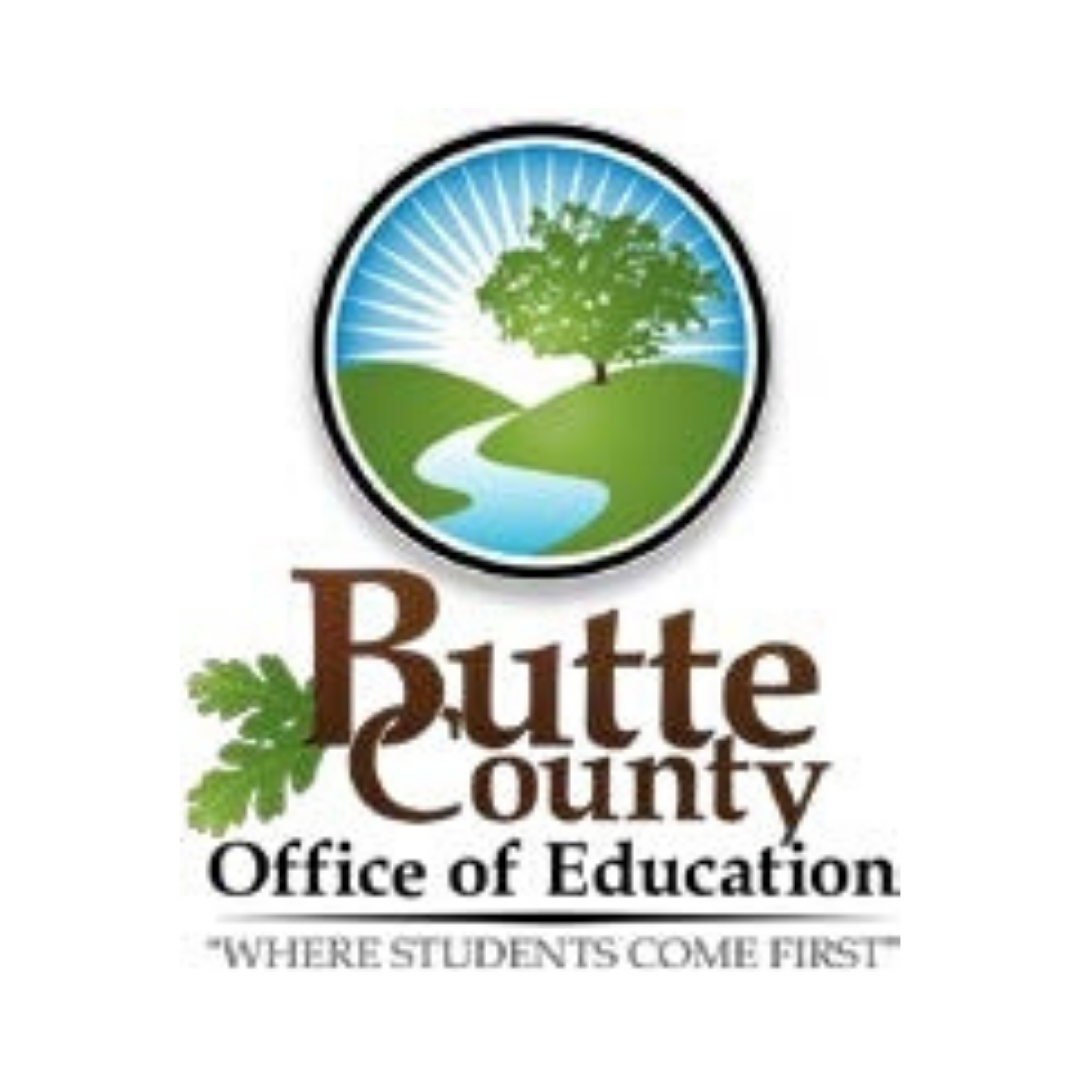
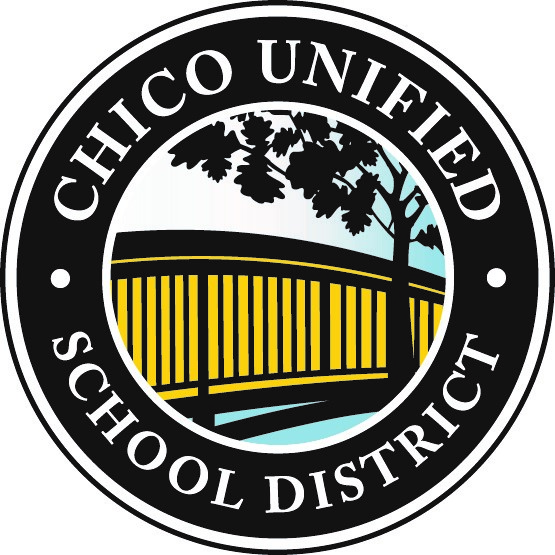




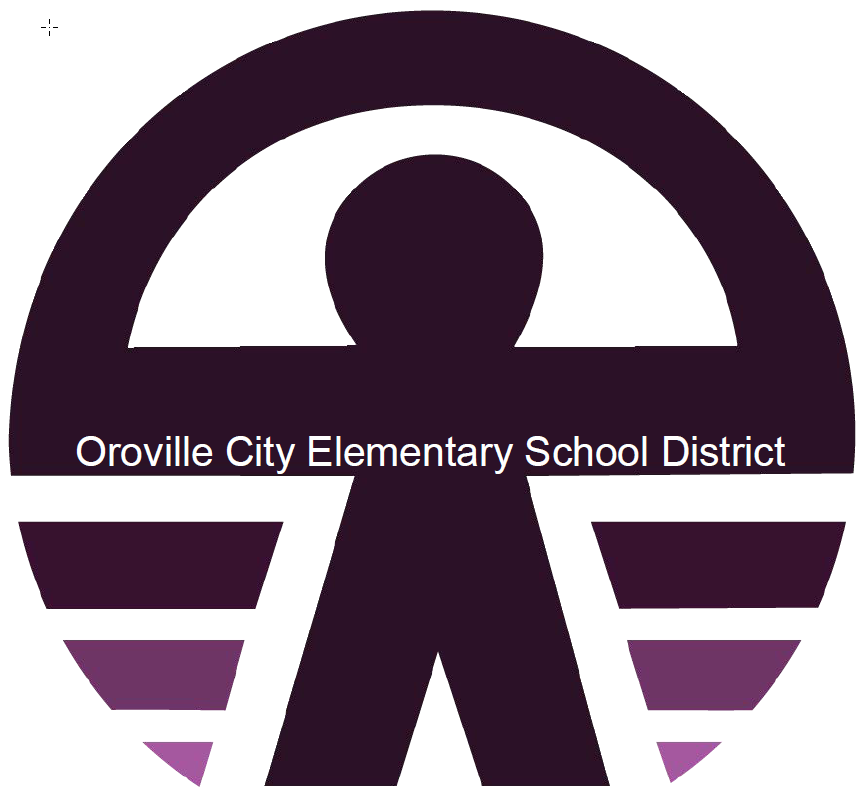
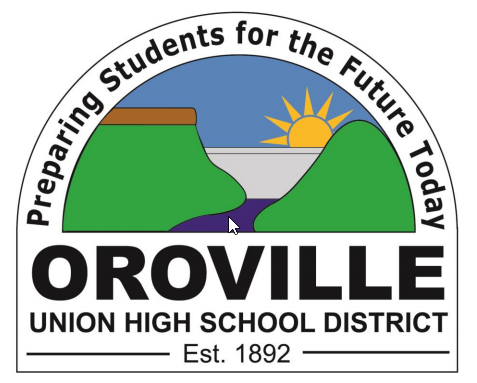

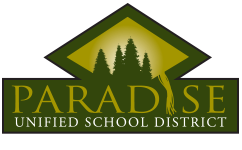

.jpg)